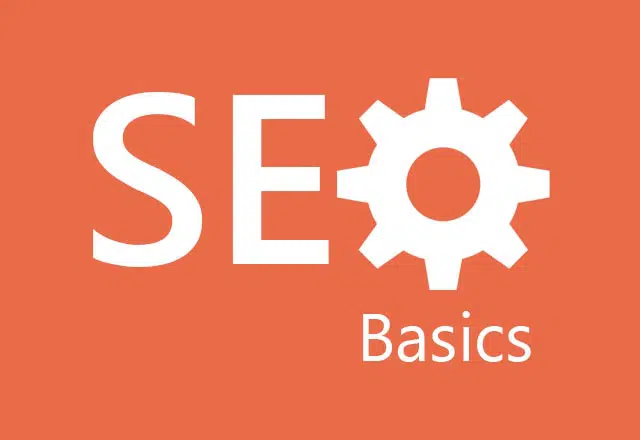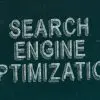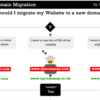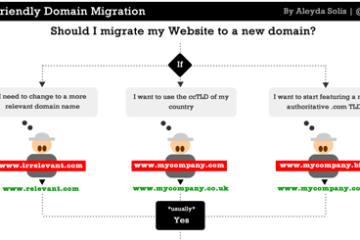Most new businesses think about keywords and social media when they learn about Search Engine Optimization or SEO, but there’s a lot more to it than that. From a search engine perspective, a site with good SEO is easy to categorize and follows the rules of good site design. If your website doesn’t have some basic SEO structural conditions in place, you’re lowering your chances for a high ranking no matter how good your keywords are.
Here are some simple things you can do to improve your search engine rankings before you start to worry about keywords.
1. Standardize your site.
Run your website through W3C’s website validation tool. This will help you identify any badly formed code on your websites that could confuse the search engines. To use it, put in your URL at http://validator.w3.org/ and follow the instructions. If your code has a lot of problems, you may need to hire a developer to fix the issues. Validated code will also make things much easier for you if you hire a web developer later to work on your website.
2. Build a site map.
An XML site map is a little like an address directory for search engine spiders. It helps search engines find all of your web pages. If you’re using WordPress on your site, just add the plugin at this page and you’ll be all set: https://wordpress.org/plugins/google-sitemap-generator/. Once it is added, any new pages or posts you make will be automatically added to the map.
3. Have no broken links or images.
Any images or links that a spider expects but can’t find will be marked against you. Broken links and images make it look like your site is under construction or badly managed. This will push your ranking down below sites that Google considers complete.
Google Webmaster Tools can help you find any links that go to external sites that are broken, and a good site analyzer software can help you find internal broken links or broken images. If you’re serious about SEO, you should have Webmaster Tools linked to your website anyway. It’s an essential tool for finding out if there are problems with your site and for getting site analytics.
4. Have no duplicate content.
Duplicate content is a big problem and it can be really difficult to detect and fix. Search engines hate duplicate content because it is difficult for them to tell which copy is the real one, especially if the pages are on the same URL.
A duplicate content checker like the one at http://www.seoreviewtools.com/duplicate-content-checker/ can help you find any duplicate content on your site. If you do find any duplicate content, you can use canonical links, 301 redirects, or change the text on one of the pages to differentiate the content.
5. Have enough content.
One of the ways that Google and other search engines measure whether a web page might be interesting or valuable is by how long people stay on a web page before moving to another one. Various minimum word counts have been bandied about, but it’s actually the amount of time a person stays on a page that really matters. Try to have enough content on your pages that someone will want to stay on there for at least two minutes. The average adult reads about 250 words per minute, and the most highly-rated articles are at least 500 words. Having at least 300 words on the page is a good minimum.
6. Enable easy sharing of your content.
Search engines are increasingly using social media data to determine the quality of a site. While backlinks are still the best, social media can no longer be ignored if you want top positions. Choosing which social media sites to connect to can be an article all in itself. The important thing is that you make it easy for people to reach your site from your social media page and make it easy for them to share your content on social media. Most sites use a social media plugin to add sharing buttons to different social media websites. One example of a WordPress plugin can be found here: https://wordpress.org/plugins/ultimate-social-media-icons/
7. Use an SEO plugin.
Most websites use a content management system like WordPress, Joomla, or Drupal. If you are using one, then you may want to consider available SEO plugins. SEO plugins make it very easy for website administrators and authors to add in metatag information that search engines use to categorize pages. Some CMSes, like Drupal, already have robust SEO features built into the site.
For WordPress, the most popular SEO plugin is Yoast: https://yoast.com/wordpress/plugins/seo/. Yoast has a lot of features, including XML site map construction. Consider it essential for WordPress SEO.
If these basic SEO tasks aren’t handled at the start then you’re hamstringing your SEO plans before you even start. Go through the items above and make sure your basics are handled. That will give your site a strong foundation so your keyword strategies will work. SEO changes can take weeks or months to fully finish, so start your analysis today!
This is a guest contribution by Nick, who is the SEO Manager with Adficient and has been working in the SEM field for over 8 years. A graduate of Arizona State University, Nick regularly posts to the Adficient site along with other online marketing sites.
[image source: joethegoatfarmer.com]














